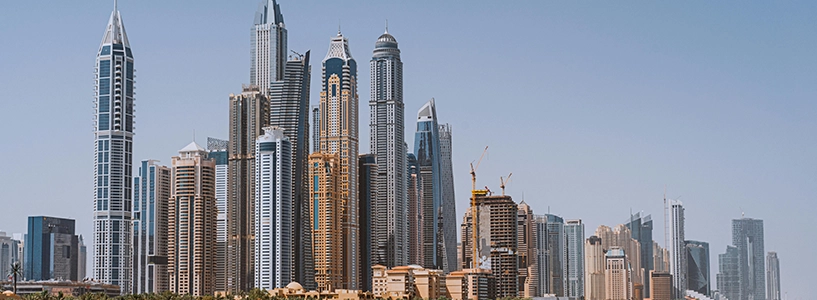Since no nation is able to meet all of its needs on their own, trade is necessary for nations to meet their entire need. Due to high tariffs and entrance hurdles, trade has also grown to be a significant source of wealth for the nations. To ease the entrance hurdles two or more countries come to an agreement to reduce the barrier in import and export between the nations. Under the pact, goods can be bought and sold internationally with zero or little government interference. Over the last few years, India has been actively getting involved in FTA with different nations. India has been a party to 13 FTA which are in effect or at an important stage of negotiation.

Free Trade Agreements contribute to greater economic activity and job creation in India and deliver opportunities for big and small Indian businesses to benefit from greater trade and investment. Free Trade Agreements give Indian businesses and consumers improved access to a wider range of competitively priced goods and services, new technologies, and innovative practices. Free Trade Agreements promote regional economic integration and build shared approaches to trade and investment between India and our trading partners. Improved trade and investment opportunities provided by free trade agreements can aid in the development of less developed economies. Free trade agreements support stronger people-to-people and business-to-business links that enhance India’s overall bilateral relationships with FTA partners.
India and UAE in just 88 days made a record for trade negotiations, the treaty was signed on February 18, 2022. May 1, 2022, was the start date. The CEPA between India and the UAE will help Indian items worth roughly US$26 billion that have been subject to a 5% UAE import charge. The tariffs on items from India and the United Arab Emirates will be reduced by 80%, and in 10 years, all levies would be gone. 90 percent of India’s exports to the UAE will have zero-duty access thanks to the agreement. A million new jobs might be created, and bilateral trade could exceed $100 billion over the course of five years as a result of the improved market access and tariff liberalization.
India has one of the most extensive networks of tax treaties to prevent double taxation and avoidance of tax fraud. Our nation has signed and effective Double Tax Avoidance Agreements (DTAAs) with more than 85 other nations. Such tax treaties are designed to create a just and equitable method for dividing up the right to tax various forms of income between the nations that are the “source” and the “residence” and promotes the entrepreneurs and investors to indulge more with the country leading to ease in business and development in the economies of scale.
A DTAA ensures tax neutrality and reduces the double imposition of tax when there is a cross-national flow of income. The standards for how money earned in one nation and transferred to another are to be taxed by the source and resident nations are outlined in the agreement reached by the negotiating nations. This guarantees that taxpayers are protected from double taxation and eliminates any discouragement that double taxation may otherwise foster in the free flow of international trade, investment, and technology transfer between two countries.
CONCLUSION
There is a major difference in the avoidance of tax and evasion of tax, the scope of DTAA revolves around the protection of income of an investor and an entrepreneur. India is a developing country with few free trade agreements (FTAs). The ministries in India have well-organized structures and rules for execution and implementation of FTAs and DTAAs. With increase in number of Trade Agreements of India with other countries, it only makes our nation an effective and prospective place of doing business. However, in actuality, there aren’t many FTAs that have had a positive curve; the others are either static or have a trade deficit. It is important to investigate the causes of the trade deficit and the sector-specific steps that must be implemented to benefit from upcoming trade agreements. About 30% of the world’s traded commodities are represented by India’s 70% of exports.
View our previous blog Investment Dispute Resolution.

Sanjay Mishra is a seasoned legal professional and content contributor at LEGALLANDS LLP, bringing deep expertise in corporate law, taxation, and regulatory compliance. With years of experience advising businesses on legal structuring and operational governance, he provides pragmatic insights that blend statutory knowledge with business strategy.
At Legallands.com, Sanjay writes analytical articles on company formation, financial regulation, dispute resolution, and policy reforms, helping readers understand complex legal frameworks in a simplified, practical manner.
His work reflects a strong commitment to clarity, precision, and integrity in legal communication, empowering enterprises to make informed, compliant, and growth-oriented decisions.
Co-author: Prerna

